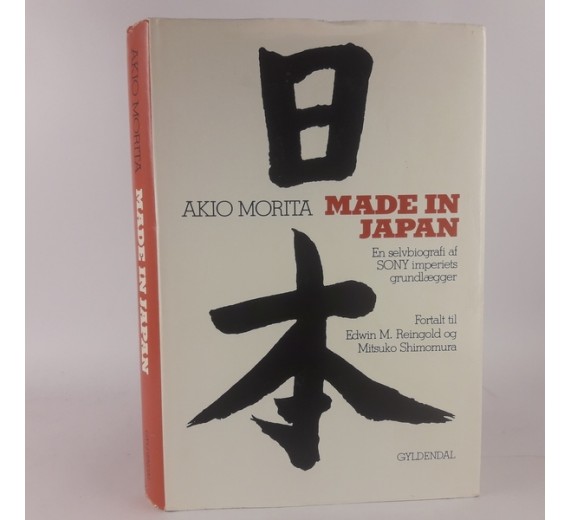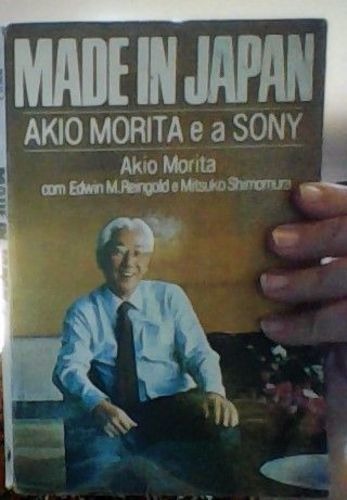

Postwar America was one of booming employment and high consumer confidence. Instead of concentrating on their domestic market they set their sights on trying to break into the American market. This didn't dissuade the business partners, however. Expensive electronics could not really be afforded by the general public at large. This allowed to them to begin their gradual ability to mass produce reliable electronics to the public.Īt this time the Japanese were still recovering from the devastation of the war. Sony's masterstroke was to use these transistors in radios as well as other electronic devices down the line.

Bell Laboratories had developed some of the first transistors in the U.S.

They were granted a license from Bells labs to build transistors. It wasn't until the 1950's that Ibuka and Morita would start to make serious ground. It was rather big and bulky even by the standards of the day. This first attempt at breaking into consumer electronics was not to catapult them into the limelight, just yet. Other early products included vacuum tube voltmeters and amplifiers. The new name was derived from the combination of sonus (Latin for sound) and Sonny-boys (a common American expression at the time). The name change came in 1958 when Morita and Ibuka decided to name their company Sony. And so it was from these humble beginnings that the giant we know today as Sony was born. Although the tape sounded terrible it worked. They then painted this onto paper strips. To create the magnetic coating they melted oxalic ferrite powder in a skillet to make ferric oxide. The two were required to scrounge mimeograph paper to make the tape.

Just post-war resources were very scarce indeed. Here, the fledgling company successfully built Japan's first ever tape recorder. This space was in the basement of the department store as it been bombed out during the war. The company had around 20 employees and an initial capital of 190,000 yen. At this time they only had around $375 and some floor space in an abandoned department store. Here he would meet the man who would help him change the world of electronics, Masura Ibuka.Īfter the Second World War, at the age of 25, Akio helped start the Tokyo Telecommunications Engineering Corporation (Tokyo Tsushin Kogyo KK) with his business partner Masura Ibuka, in 1946. Thankfully he was not enlisted for combat and was assigned to Naval Research at a Center In Susaki. When the Second World War broke out he was drafted into the Imperial Japanese Navy. Here he earned his bachelor's degree in physics. This freed him up to enroll at Osaka Imperial University. Morita managed to convince his father that his younger brother should take over the business. He even attempted to build his very own radio, phonograph and tape recorder. Akio studied electronics in his spare time.


 0 kommentar(er)
0 kommentar(er)
